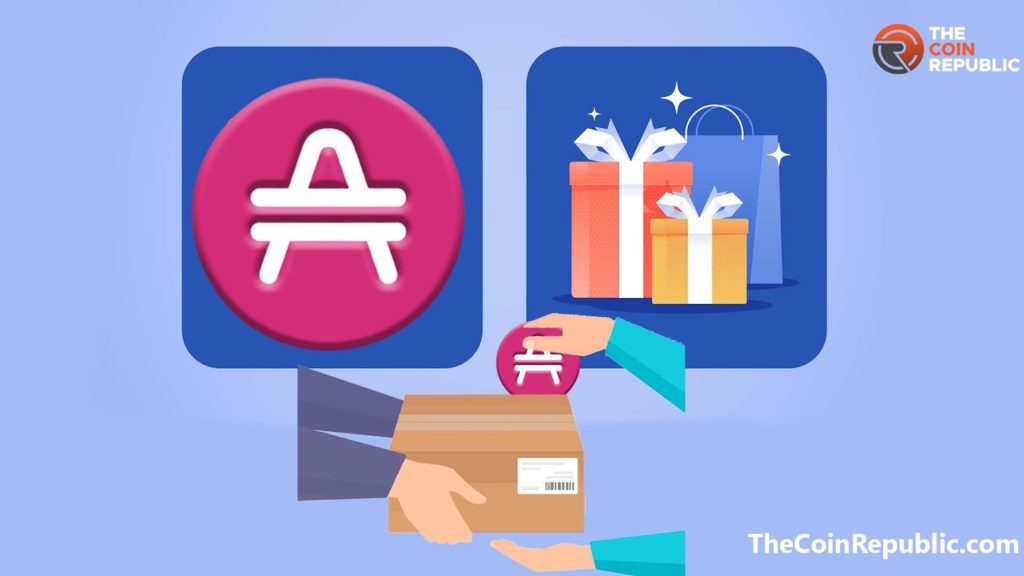Cryptocurrency transactions and payments for retail purchases are based on a decentralized and digital form of currency that relies on cryptographic techniques for secure transactions.
The concept behind cryptocurrency transactions and payments involves several key components:
Blockchain Technology:
Cryptocurrencies operate on a technology called the blockchain, which is a distributed and decentralized ledger. The blockchain records all transactions across a network of computers (nodes) securely and transparently. Each transaction is grouped into a “block” and added to the chain chronologically, creating a permanent record.
Digital Currencies:
Cryptocurrencies are purely digital and exist solely in electronic form. They are not controlled by any central authority like a government or a financial institution. Some popular cryptocurrencies include Bitcoin, Ethereum, and Litecoin.
Public and Private Keys:
To facilitate secure transactions, cryptocurrency users have a pair of cryptographic keys – public and private keys. The public key is known to others and serves as an address for receiving funds, while the private key is kept secret and is used to sign transactions to prove ownership of the funds.
Decentralization and Peer-to-Peer Transactions:
Unlike traditional payment systems, cryptocurrencies operate in a decentralized manner. It means that transactions occur directly between the sender and receiver without the need for intermediaries like banks. The decentralized nature of cryptocurrencies ensures greater transparency, security, and reduced transaction fees.
Mining and Transaction Validation:
Cryptocurrency transactions are validated and added to the blockchain by miners. Miners use computational power to solve complex mathematical problems, and once solved, they add a new block of transactions to the blockchain. This process ensures that all transactions are verified, preventing double-spending and fraud.
Retail Acceptance:
As cryptocurrencies gained popularity, many retailers and businesses started accepting them as a legitimate form of payment. Retailers can integrate cryptocurrency payment gateways into their systems, allowing customers to pay for goods and services using their digital wallets.

Payment Process:
When making a retail purchase with cryptocurrencies, the customer initiates a transaction from their digital wallet by specifying the recipient’s public key (or a QR code). The transaction is then broadcast to the cryptocurrency network, where miners validate it. Once confirmed, the transaction is added to the blockchain, and the retailer receives the cryptocurrency as payment.
Volatility and Conversion:
One significant challenge with using cryptocurrencies for retail purchases is their volatility. Cryptocurrency prices can experience substantial fluctuations over short periods, leading to potential price discrepancies between the time of purchase and settlement. To mitigate this, some payment processors offer instant conversion to fiat currency at the point of sale, protecting the retailer from currency risk.
Overall, cryptocurrency transactions for retail purchases offer several benefits, such as reduced transaction fees, faster settlement times, enhanced security, and borderless payments. However, widespread adoption in the retail sector is still subject to overcoming challenges like price stability and regulatory issues.

What is the Role of the Flexa Network and the AMP Token?
The Flexa network is a blockchain-based payment network that enables cryptocurrency payments for retail purchases. It is an intermediary between merchants and consumers, facilitating seamless and instant cryptocurrency transactions. The network aims to make cryptocurrency spending more accessible, secure, and widely accepted in retail.
The key components and roles of the Flexa network include the following:
Payment Processing: Flexa provides a payment processing solution that allows consumers to use their cryptocurrencies for retail purchases at participating merchants. Users can pay using popular cryptocurrencies like Bitcoin, Ethereum, Litecoin, and others without converting them to fiat currency before purchasing.
Instant Settlements:
The Flexa network offers near-instant settlement of transactions, providing a real-time experience for consumers and merchants. This speed is made possible by leveraging blockchain technology and the underlying smart contracts.
Fraud Protection:
The network employs cryptographic security measures to ensure the integrity and authenticity of transactions. It protects both consumers and merchants from potential fraud and chargebacks.
Retailer Integration:
Flexa partners with various retailers and businesses to integrate their payment solutions into existing point-of-sale (POS) systems. This integration enables merchants to easily accept cryptocurrency payments, expanding their customer base to cryptocurrency users.

AMP Token (formerly known as Flexacoin):
The AMP token is the native cryptocurrency of the Flexa network. It plays a crucial role in securing transactions and ensuring their instant settlement. The token operates on a collateralized system, where merchants and consumers lock a portion of their AMP tokens as collateral when making transactions. This collateral protects against fraud or double-spending attempts, making the network more secure.
Collateral Pooling:
The Flexa network utilizes a collateral pooling mechanism where participants lock up their AMP tokens as collateral. The pooled collateral backs all transactions on the network, ensuring that transactions are secure and protected from malicious activities.
The AMP token is essential for the functioning and security of the Flexa network. By staking and collateralizing AMP tokens, users contribute to the security and trustworthiness of the network, which, in turn, allows merchants to accept cryptocurrency payments with confidence.
As with any rapidly evolving technology space, verifying the latest developments and information about the Flexa network and the AMP token is essential.

Disclaimer
Although the material contained in this website was prepared based on information from public and private sources that AMPRaider.com believes to be reliable, no representation, warranty or undertaking, stated or implied, is given as to the accuracy of the information contained herein, and AMPRaider.com expressly disclaims any liability for the accuracy and completeness of the information contained in this website.

